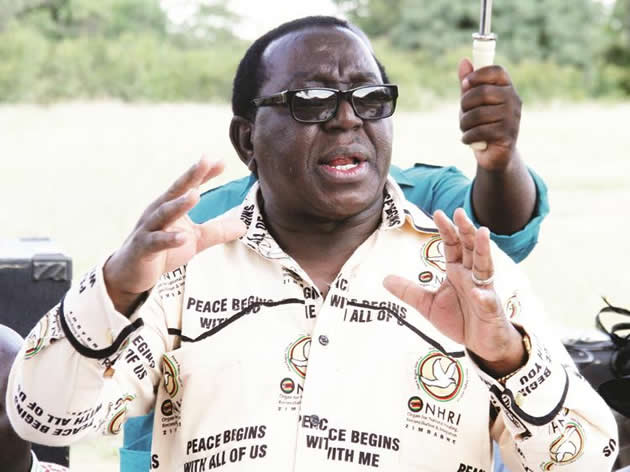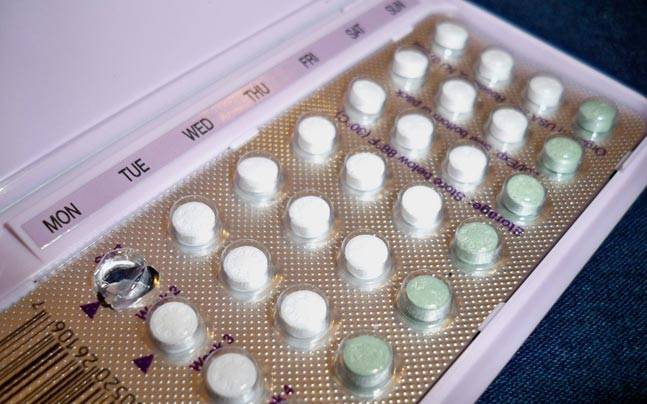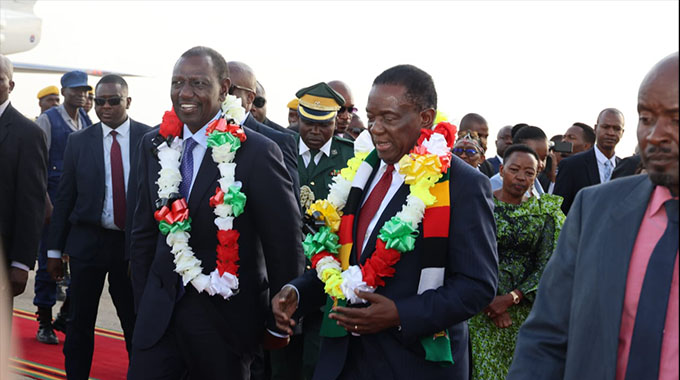EDITORIAL COMMENT: New power plant a boost to economy

Our country is on course to electricity self-sufficiency after some 10 years of erratic power supplies.
Like most Sadc countries, Zimbabwe was plunged into a power deficit that necessitated load shedding, in 2007. Growing economies in the early 2000s versus slow investment in new power generation capacity gave rise to the electricity shortage across the region.
However, in recent years, Zimbabwe and her neighbours have been investing much money in building new power plants and expanding existing ones to boost output. Consumers are also being encouraged to save electricity.
Three years ago, the Government sought funding from China to expand hydro and coal-fired generation at Kariba and Hwange and work is on course at the former.
Preliminary work is ongoing for the country to build the $4 billion Batoka Gorge Hydro-Power plant with Zambia. Tenders were also issued for the construction of solar power plants at Gwanda in Matabeleland South and Insukamini in the Midlands. Investment in smaller off-grid solar and hydro systems is also being encouraged.
But the biggest new investment that has come on stream is the Kariba South Extension Project. A unit of the project started generating 150 megawatts on Christmas Eve and is due to be commissioned by President Emmerson Mnangagwa soon.
Energy and Power Development Minister Simon Khaya Moyo said Unit 7 of the project is now undergoing performance and reliability test runs which will end on Monday.
“On December 24, 2017 the Kariba South Extension Project achieved a significant milestone in that Unit 7 was successfully connected to the national power grid,” Minister Khaya Moyo said.
“The commissioning of Unit 7 involved tests on turbine, the generator, the unit auxiliaries, the generator transformer and the new switch yard which were done as separate units at low voltages of about 50MW.
“This started in November 2017 and was completed on 24 December 2017. All the units were switched on combined generating at Unit 7’s design capacity of 150 MW and this started on 26 December 2017. As it stands, the said unit is undergoing a seven-day performance and reliability test run which will be completed on 1 January, 2018.”
Work on the Kariba South Extension Project, being done by Sinohydro, a Chinese State-owned hydro-power engineering and construction company began on 10 November 2014 and is expected to be completed in March next year when another unit comes on stream.
We look forward to the construction of the other unit to be finished as scheduled. We also look forward to financial closure to be achieved at the other very important project for our economy, the $1, 4 billion coal-fired Hwange Power Project Expansion.
The power from Kariba South Unit 7 comes in handy for a country that has been spending much money in scarce foreign currency to import 350MW from South Africa and Mozambique. We have experienced the challenges that come with electricity imports with South Africa threatening many times to cut us off due to late payments occasioned by the prevailing foreign currency shortage.
Local capacity is 900MW, which is substantially lower than the 1 400MW that the economy needs, hence the imported feed.
Electricity is very important for economic growth for any country. It is a key enabler, just as critical as navigable roads, railways and a working communication system. They say an economy runs on infrastructure, an economy is as good as the infrastructure that anchors it.
We note that power cuts have lessened in recent months, not because the Zimbabwe Power Company is generating or importing enough, but simply because demand is low in a sluggish economy where industrial capacity utilisation is far less than 100 percent amid company factory closures and company rightsizing.
With the new political dispensation and the policies it has unveiled and has started implementing, hopes for a quick economic turnaround are realistic. We are likely to see closed companies re-opening and expanding, new businesses being established. This will put pressure on available electricity.
That is why Kariba South Extension Unit 7 is an important step in the right direction. The same for Hwange and the two solar projects that are still in the pipeline.
In view of ongoing and planned projects, we are optimistic that in the next few years, we would produce surplus electricity even if the economy begins to grow.
When complete, Kariba South Extension will add 300MW to the national grid while the expanded Hwange Thermal Power Station will add 600MW. This will be a huge injection of power into the economy.
As we pointed out earlier, we urge the Government and its Chinese partners to expeditiously reach financial closure on the expansion of Hwange thermal. Also, we urge the Government to resolve the challenges that have halted progress on planned solar projects at Gwanda and Insukamini.










Comments